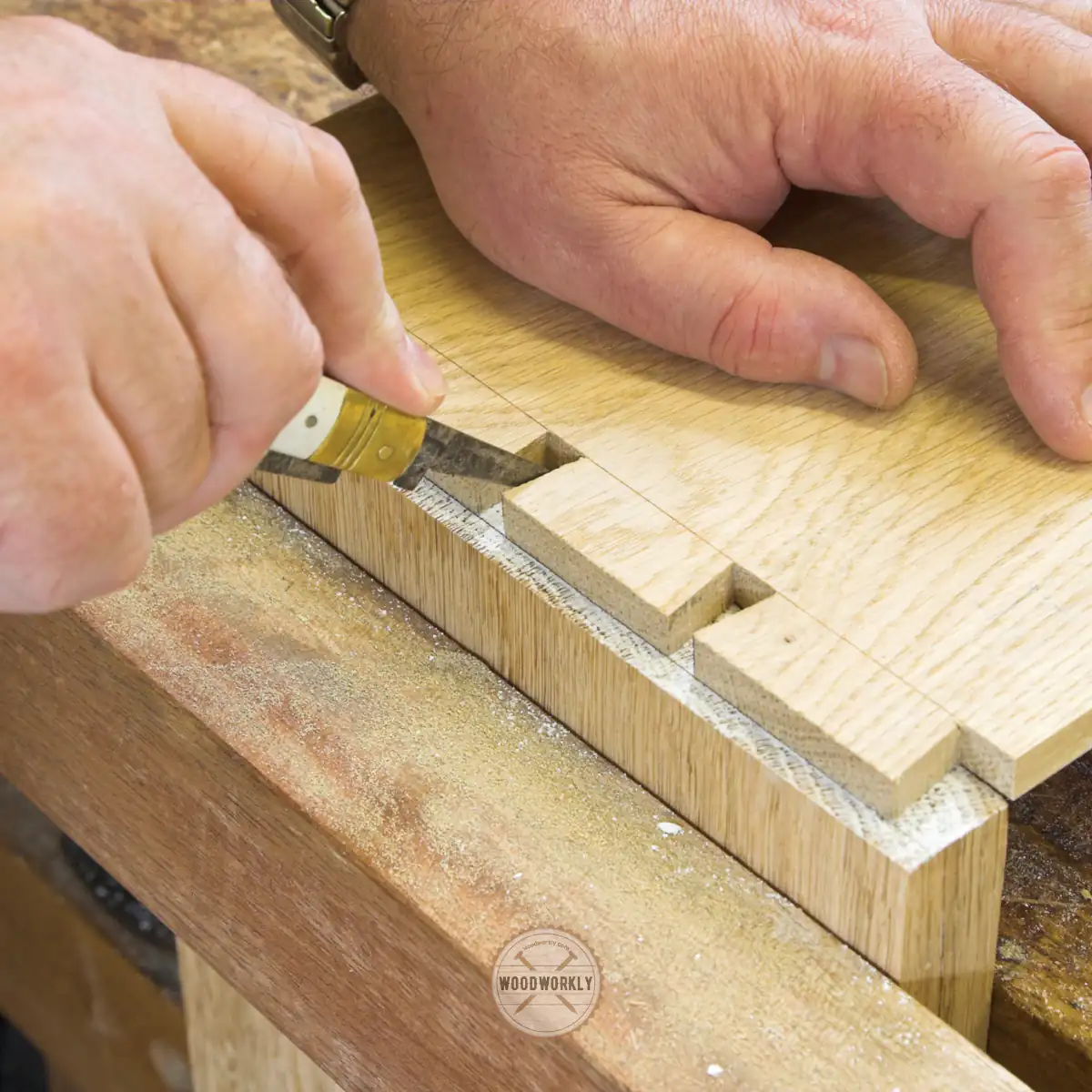
Have you ever wondered why the old wooden chair at your grandpa’s house has outlasted almost every piece of modern furniture you own?
It’s not just about the wood; it’s about the art and science of traditional wood joinery.
The Lost Art of Joinery

In a time before the convenience of modern adhesives and screws, woodworkers relied on the integrity and strength of joints to keep their creations together.
These joints weren’t just strong; they were crafted to withstand decades of use, expanding and contracting with the wood without breaking apart.
Mortise and Tenon: The King of Joints

Consider the mortise and tenon, a classic in the world of joinery. This joint involves a tenon (a tapered end of wood) fitting snugly into a mortise (a hole cut to receive the tenon).
This technique has been used for thousands of years and is known for its incredible strength and durability.
Dovetails: The Mark of Craftsmanship

Dovetails are not just joints; they’re a statement. Used primarily in drawer construction, these interlocking teeth-like cuts show no mercy to inaccuracy.
A well-made dovetail joint is not only strong but also a sign of true craftsmanship.
Check out: Biscuit Joint vs Dowel Joint: Which is Better?
Why Modern Furniture Falls Short

Today’s mass-produced furniture often relies on quick assembly and cost-effective methods.
This means less focus on durable joinery and more on adhesives and mechanical fasteners, which can weaken over time.
The Beauty of Handcrafted Joinery

There’s a certain charm and robustness in handcrafted joinery.
It represents not just a functional aspect of furniture making but also an artistic expression of the woodworker’s skill.
Respect for the Wood

Traditional joinery is not just about connecting pieces of wood; it’s a deep respect for the material.
Woodworkers of the past understood the nature of wood – how it moves, breathes, and ages.
They chose specific joints that complemented these characteristics, ensuring longevity and beauty.
Secrets Behind the Strength

One secret behind the strength of these traditional joints is the large surface area they provide for gluing.
More surface area means a stronger bond, not reliant on nails or screws.
These joints lock together, forming a more unified and resilient piece.
The Wedge Tenon: A Testament to Ingenuity

A remarkable example is the wedge tenon, where a wedge is driven into a cut in the tenon, expanding it inside the mortise.
This creates an incredibly tight fit, almost impossible to pull apart without damaging the wood.
Japanese Joinery: An Art Form

Japanese woodworkers elevated joinery to an art form.
Their intricate, precise joints, which often require no glue or fasteners, are a testament to their mastery of the craft.
These techniques are not just strong but also aesthetically pleasing, blending seamlessly with the wood’s natural beauty.
Bringing Back Traditional Techniques

There’s a growing interest in these old-school techniques.
Woodworkers are rediscovering the satisfaction and durability that comes from mastering these time-honored skills. It’s a way to connect with the past and carry forward a legacy of quality and sustainability.
Why Traditional Joinery Matters Today

In a world where disposable furniture has become the norm, traditional joinery stands out as a sustainable, eco-friendly alternative.
These pieces are not just furniture; they’re heirlooms, telling stories and connecting generations.
Read to know the Strongest Wood Joint Types!
Are you inspired to make strong furniture using the right joints? Don’t forget to share this with your friends!